Museums are places of great importance for the preservation of the cultural memory of a people, and are responsible for their heritage. Of course, they are also important to inform and educate through exhibitions.
In Ceará, there are several museums and cultural centers that are worth visiting. Read on to discover some of them!
Museum of Ceará
 |
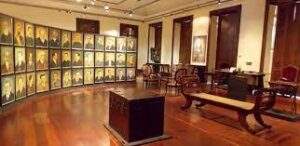 |
Located in the capital, Fortaleza, the Museum of Ceará was the first official museum institution in the State. It was created by decree in 1932, but was officially opened to the public in January 1933 under the name of Museu Histórico do Ceará.
The space aims to promote critical reflection on the history of Ceará through integrated programs of museum research, exhibitions, courses, publications and pedagogical practices.
Art Museum of the Federal University of Ceará (MAUC)
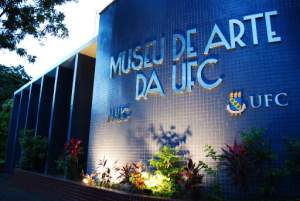 |
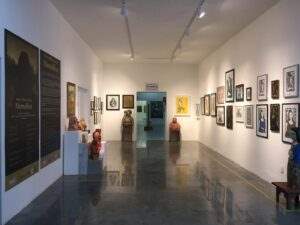 |
The site, also located in the capital, preserves and propagates artistic culture, acting as a bridge between works of art and the public. The philosophy of its founder and creator, Antônio Martins Filho, the first Dean of UFC, is the idea of relating the university to regionality. This has been maintained until today, through the eclectic collection of MAUC, formed by popular and erudite works.
The museum has nine rooms for permanent exhibitions, 4 of which are collective: Os Fundadores, Arte Cearense, Foreign Art, Popular Culture, and 5 individual: Chico da Silva, Aldemir Martins, Antonio Bandeira, Raimundo Cela and Descartes Gadelha. The sculpture “Christ”, made of iron and copper, located in the entrance hall, and the panel “Jangadas”, both by Zenon Barreto and produced for the inauguration of the new MAUC building in 1965, are also part of the museum circuit. There are also has 3 spaces for temporary exhibitions.
Ceará Handicraft Center (CEART)

Also located in Fortaleza, the space has artisans from different parts of Ceará and many produce their own unique pieces, that embody the soul of Ceara.
Cashew Museum
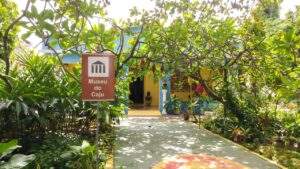 |
 |
Ceará is a truly charming state, for its history, culture, natural beauty, beaches, welcoming people and multitude of incredible places to visit. One of these places is the Cashew Museum, located in the municipality of Caucaia, it is dedicated to the history of this fruit, and yes I said fruit. You may well know the cashew nut, but have you ever seen the fruit? It is sweeter than any fruit you have ever tasted, and it is delicious! You simply must try cajuína, a dink made from it. This is one of the most important fruits to the region.
Of the 184 municipalities in the state of Ceará, 64 produce cashews. In the museum, you will find a farm with 25 types of fruit tree, flowers and three king cashew trees, in addition to others of the precocious dwarf species.
The space was created in 2007 and is a place of sociocultural, environmental and tourist inclusion. The museum’s vision is to use cashew as an instrument of change for Ceará through culture, cuisine and crafts.
Museum of Ceará Culture (MCC)
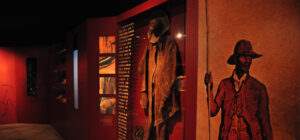 |
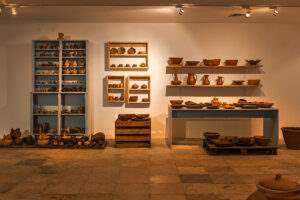 |
The Museu da Cultura Cearense is an ethnological museum that aims to promote the dissemination, enjoyment and inclusion of the cultural heritage of the State of Ceará. They do this through museological actions of research, communication and preservation, aiming at inclusion and sociocultural development.
José de Alencar Theater
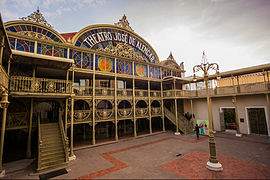
Considered a historical, artistic and cultural heritage of the city of Fortaleza, José de Alencar Theater is a reference not only in terms of tourism, but it also known by actors and theatre buffs from all over the world.
The name was given in honor of the writer José de Alencar, author of great works of Brazilian literature, such as: Iracema, O Sertanejo, O Guarani, O trunk do Ipê and many other novels.
The construction of the theater began in 1910, and was the first of its kind in the state capital. There was a need for a space for performances, especially as the city had always stood out as a cradle for literary and theatrical arts.
The space has an auditorium with capacity for 120 people, where plays that ask for a more natural or open-air lighting take place. The biggest room there has space for 800 people spread over three floors, with luxurious decor.
There is also the Carlos Câmara Library and the Ramos Cotôco gallery, two incredible environments for those who are curious to discover different works that are mainly from artists of Ceará. Some of the works are the original versions whereas some are highly valued copies.
So, you can see the great many interesting places to learn more about the culture and history of this important region of the Northeast. Now, pack your bags! Come be enchanted with our Ceará!
Also read: “Ola, lady of lace!”: tradition and art from Ceará
